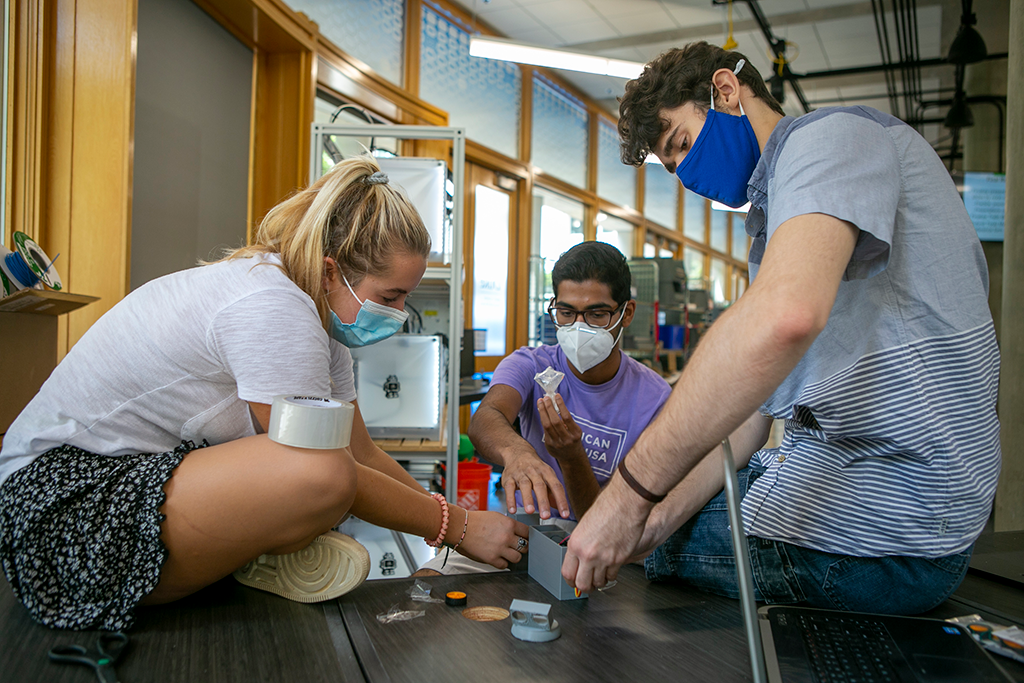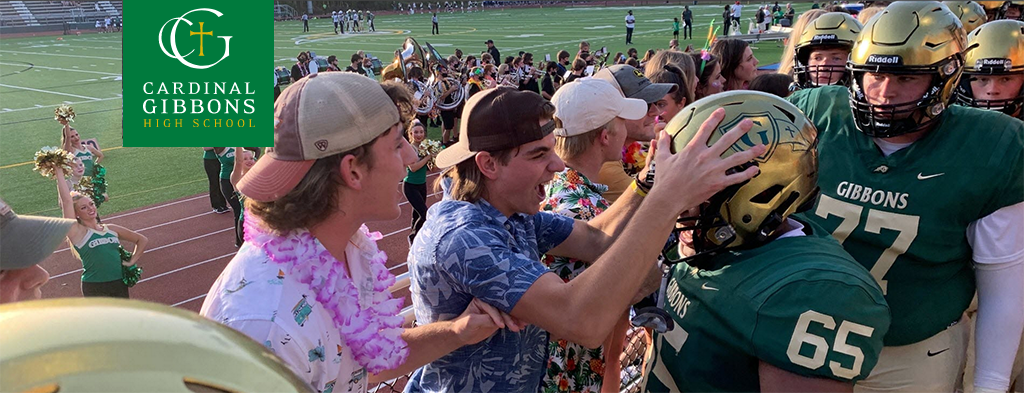
Bass Connection Student Stories: Kishen Mitra

This experience truly opened my eyes to the breadth of experimentation that occurs in research outside of a laboratory setting.
Degree
Biomedical Engineering ’24
Project Team
Eye Tracking: Objective Assessment for Mild Traumatic Brain Injury in Youth Athletes (2021-2022)
The work I’ve done with Bass Connections at Duke over the past months has been one of the most rewarding experiences, filled with personal growth.
Entering college, I planned to major in Biomedical Engineering, but didn’t have a specific career path in mind. I enrolled in EGR 101: Engineering Design & Communication during my first semester. Through a semester-long design project serving our client at the Center for Nursing Discovery, my team acquired so many valuable skills and lessons under the mentorship of Dr. Michael Rizk and Dr. Jason Luck.

I remember being fascinated as Dr. Luck talked about some of research done by his Bass Connections team relating to quantification of head impact exposure experienced by youth football players via an earpiece sensor (DASHR) that was developed at Duke. In Spring 2021, I was fortunate to become a part of the “Eye Tracking: Objective Assessment for Mild Traumatic Brain Injury in Youth Athletes” team, a seventh-year ongoing longitudinal study led by Dr. Luck.

I began to read literature on how changes in oculomotor response can be assessed as a diagnostic tool for concussion as well as development of mitigation strategies. From the first day, I was surprised how open the team leaders and faculty were to working directly with undergraduate students as part of this project. I was onboarded to the team over the summer, which involved completing Duke University Campus IRB modules (i.e., Human Subjects Protection Training) and safety trainings.
Most importantly, Dr. Luck encouraged all new team members to introduce themselves and get to know their research collaborators. Whether it was messaging on Slack, grabbing a meal or chatting in Hudson Hall before our weekly scavenger hunts, I was able to connect with many of the new and returning team members.
The next part of onboarding entailed gaining confidence in performing all components of the oculomotor assessment routine on the Eyelink 1000 Plus system, which are smooth pursuit, reflexive (pro-saccade), memory-guided saccade and anti-saccade. In addition, new team members were trained on how to administer the different questionnaires and take anthropological measurements.
I learned to value the constant feedback and critique that teammates provided me as we underwent numerous simulations and practice rounds. Just like everyone else, I was eager to begin gathering data with our community partners.
During the final weeks of the summer, Bass Connections opened my eyes to some of the challenges related to research with human subjects, especially in the midst of COVID-19. The team went through the process of completing an amendment to our study protocol, adding a few lines of text to all of our consent/assent forms. I learned about the Campus IRB rules regarding how the team can interact with participants in an in-person setting and what is required of how the team operates.
After the amendment was approved, another critical aspect of our project was re-establishing connections with the population subjects, high school and youth football league community members. Due to COVID-19, the Bass Connections team was not able to engage much with the community during the 2020-2021 academic year. From my encounters with Coach Healy (head coach for the freshman team) and Coach Wright (head varsity coach and program head coach), it was apparent how supportive the Cardinal Gibbons High School community was toward our research efforts.

One afternoon, I discussed the implications of the study along with four other team members and Dr. Luck in front of the entire varsity football team as they were seated on the bleachers. It was gratifying to see the level of interest from many of the athletes as we were distributing the study info and consent/assent forms. A few of upperclass athletes who had previously participated in the study even approached Dr. Luck afterward, mentioning how they were happy to see us at Gibbons again.
On the last week of the summer term and into the fall semester, the team was finally able to begin conducting season baseline assessments with the participants. It was pleasing to apply the knowledge I had obtained over the summer, and this experience truly opened my eyes to the breadth of experimentation that occurs in research outside of a laboratory setting. Something I realized during the process was to not be afraid to be a vocal leader when necessary, and alternatively, be ready and willing to assist others with a positive attitude as the situation warrants. By being able to address different circumstances that arose during data collection, I was able to enhance and integrate my communication and organizational skills and maximize efficiency.
Currently, I am collaborating closely with my teammate Evan Glas to develop a low-cost, portable electrooculography (EOG) headset device with eye-tracking capabilities for on-field screening and potential detection of concussions. As we discuss future plans and set goals for this element of the project, I am excited to continue working with this Bass Connections team over the upcoming semesters. I enjoy attending the weekly team meetings, as Dr. Luck encourages us to reflect on the interdisciplinary nature of research by providing perspectives from our varying academic backgrounds to help each other progress.
Overall, having an opportunity to make a direct impact on my local community through this Bass Connections project has led me to become an aspiring physician, pursuing a career at the intersection of engineering and medicine. While I have had an ongoing passion for product development, Bass Connections has allowed me to gain an appreciation for the translational value of research and the satisfaction that comes from serving others.
November 2021